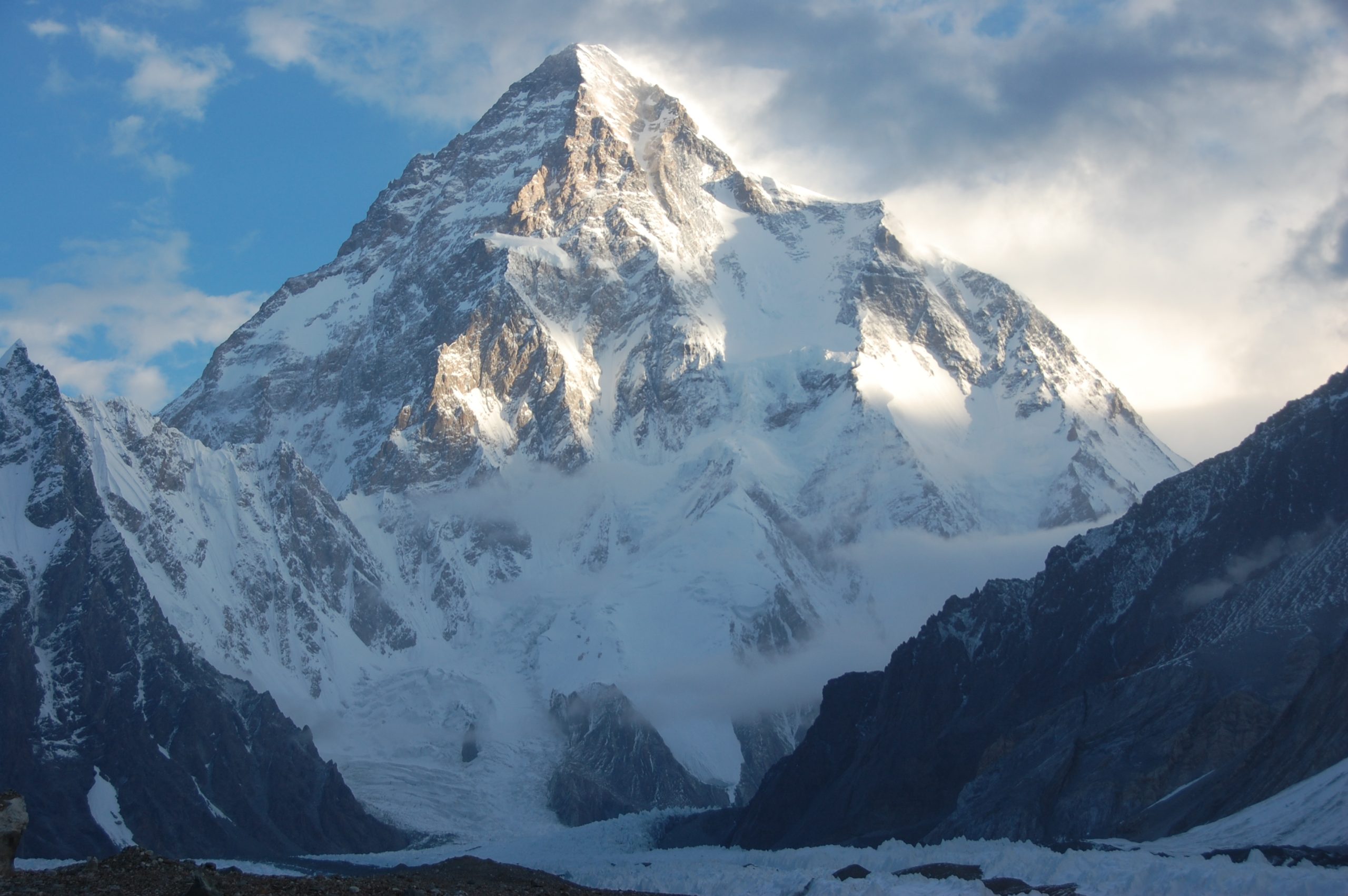politicalphishing.com – Nestled in the Karakoram Range of the Himalayas, K2 is often referred to as the “Savage Mountain.” It is the second-highest peak in the world, with an elevation of 8,611 meters (28,251 feet), just 237 feet shorter than Mount Everest. Despite its proximity in height to the world’s tallest peak, K2 is considered by many climbers to be a more formidable challenge due to its steep and icy terrain, unpredictable weather, and remote location.
The History of K2
The mountain was given the name K2 by the Great Trigonometric Survey of British India in the 19th century. The “K” stands for Karakoram, and it was the second peak surveyed in the region. The local Balti people refer to it as “Chhogori,” which means “Tall One.” The first successful ascent of K2 was achieved in 1954 by an Italian expedition led by Ardito Desio, with climbers Lino Lacedelli and Achille Compagnoni reaching the summit on July 31.
The Challenges of Climbing K2
K2 is notorious for its difficulty and danger. The mountain has a steep gradient, with some sections requiring climbers to ascend near-vertical ice faces. The weather on K2 is extremely unpredictable, with storms rolling in quickly and without warning. The mountain’s remote location means that rescue operations are nearly impossible, and the thin air at high altitudes poses significant health risks to climbers.
The Fatality Rate
K2 has one of the highest fatality rates among the eight-thousanders, with an estimated one person dying for every four who reach the summit. This is in stark contrast to Mount Everest, which has a fatality rate of about one in seven. The high death rate on K2 is a testament to the mountain’s unforgiving nature and the extreme risks that climbers are willing to take to conquer it.
The Northern and Southern Approaches
There are two main routes to the summit of K2: the Abruzzi Spur on the southeast ridge and the Cesen route on the southwest face. The Abruzzi Spur is the most popular route due to its relatively lower technical difficulty, although it still presents significant challenges. The Cesen route is considered more technical and is less frequently attempted.
The Role of Pakistani Porters
The local Balti and Hunza porters play a crucial role in expeditions to K2. They are responsible for carrying supplies to the base camp and sometimes higher up the mountain. Their intimate knowledge of the terrain and weather patterns is invaluable to international climbers, and their hard work is essential for the success of any expedition.
Environmental Concerns
As with many high-altitude peaks, K2 faces environmental challenges due to the presence of climbers. Waste management is a significant issue, as is the impact of climbers on the delicate alpine ecosystem. Conservation efforts are underway to address these concerns and to ensure that K2 remains a pristine wilderness for future generations.
Conclusion
K2 stands as a testament to the enduring allure of high-altitude mountaineering. Its reputation as the “Savage Mountain” speaks to the respect and awe it inspires in those who attempt to climb it. For those who succeed, the view from the summit is said to be unparalleled, offering a perspective that few will ever experience. For Pakistan, K2 is a source of national pride and a symbol of the country’s rugged and beautiful landscapes.
